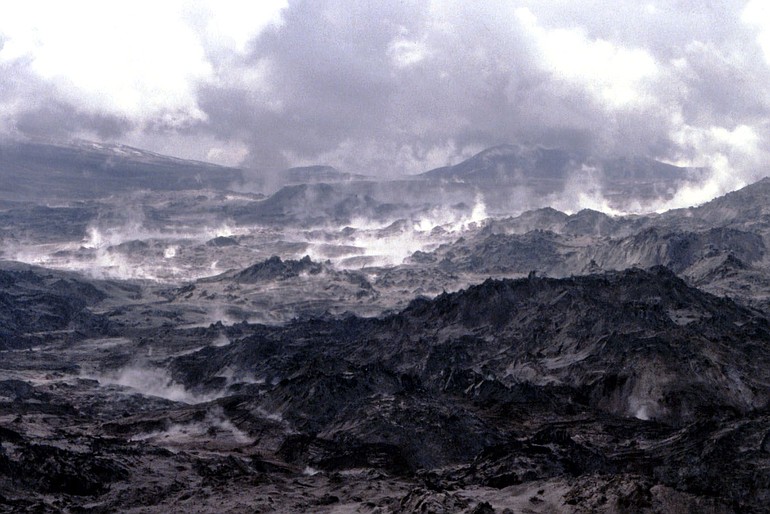LONGVIEW — New research on the cataclysmic 1980 Mount St. Helens eruption describes how and when the blast may have changed its shape and speed based on hardened lava collected at the site.
The research also sheds new light on how the magma was stored in the volcano, states the study.
Mount St. Helens erupted catastrophically on May 18, 1980, when a massive landslide uncorked a gas-charged reservoir of magma that killed 57 people, leveled 230 square miles of forest, and expelled a 15-mile-high plume of ash that eventually circled the globe.
A November study in the Journal of Volcanology and Geothermal Research says the 1980 eruption took on varied speeds and shapes, from a lateral blow, to a narrow, tall plume of ash, to several streams of hot ash, lava and gas.
The size of the vent that carried the magma to the surface changed throughout the eruption, states the report, almost doubling in radius by the climax.
The pyroclastic flows, or streams of hot ash, lava and gas, began around 10 a.m., states the study, and by 1 p.m. the narrow, vertical eruption column dissipated and the flows increased as magma supply increased.
Researcher C. William Criswell based his new descriptions on the type of pumice found after the blast. The holes in pumice show how the hardened lava formed as gas was released from the rocks during cooling, according to geology.com.
The research says white pumice with smaller holes was created by the early, narrow blast and pumice with larger holes was formed later, as the magma ascended more quickly from the volcano.



